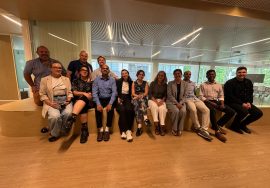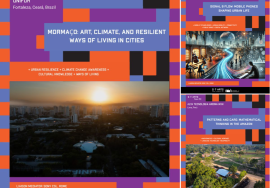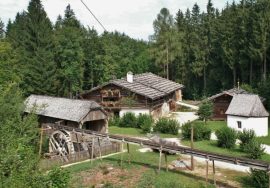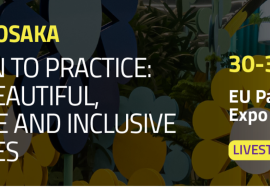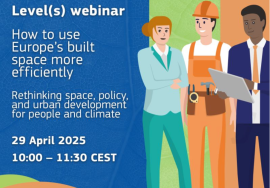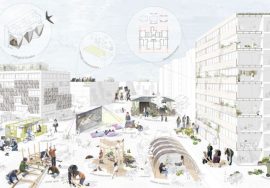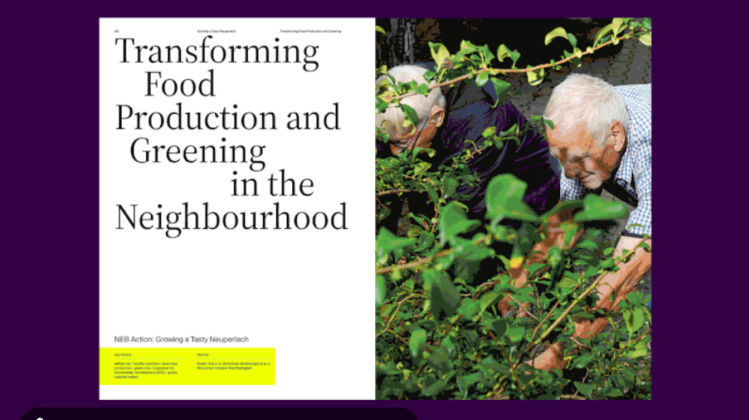
“NEBourhoods for Tomorrow” Handbook Turns Munich’s Living Lab into a How-To Guide for Greener, Fairer Cities
What if every apartment block, bus stop and playground doubled as a test-bed for Europe’s green and social ambitions—and the lessons were open-sourced for anyone to copy? That, in a nutshell, is the promise of Creating NEBourhoods Together, one of the six flagship “lighthouse demonstrators” funded under the New European Bauhaus (NEB). Since late 2022 the consortium—anchored in Munich-Neuperlach—has prototyped everything from animal-friendly façades to start-up incubators for circular business models, all co-designed with residents, city staff, scientists and makers.
Now the team has distilled two-and-a-half years of experiments into “NEBourhoods for Tomorrow: Replication Handbook of the Lighthouse Demonstrator for the New European Bauhaus”—a 184-page, open-access manual published by TUM School of Engineering and Design in March 2025. The book is equal parts field diary and toolkit: it documents the methods, metrics and pitfalls behind dozens of pilot actions so that other cities can fast-track their own transformation journeys.
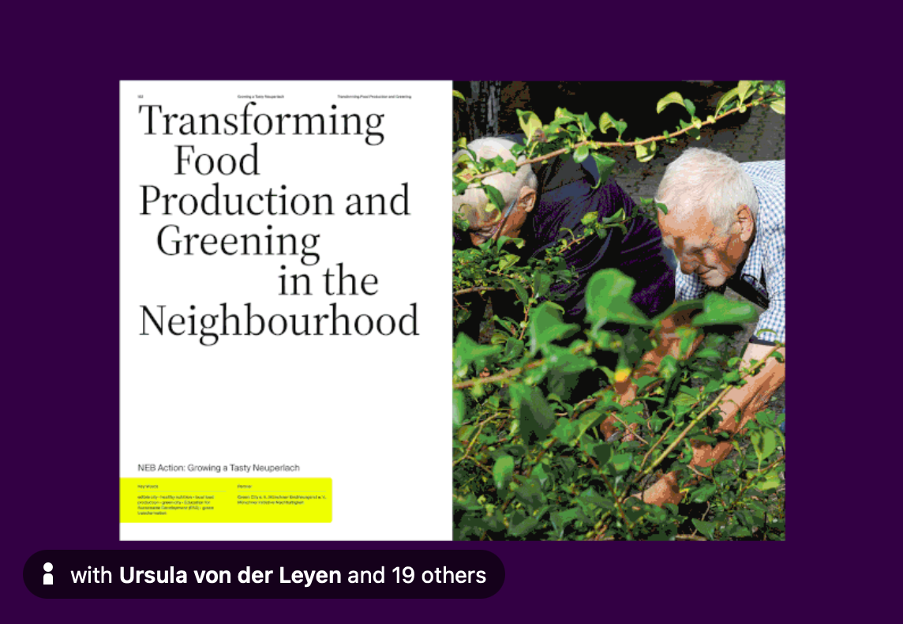
Inside the living laboratory of Neuperlach
Neuperlach, a 1970s satellite district south-east of Munich, epitomises many European suburbs: ample green pockets, but aging housing blocks, mono-functional zoning and social polarisation. Starting in autumn 2022, the NEB lighthouse layered a series of real-world tests onto this canvas:
- Nature-positive retrofits blending “Animal-Aided Design” nesting modules with low-carbon insulation;
- Pop-up mobility hubs that swap parking bays for e-cargo-bike sharing and rain-garden planters;
- Community energy coaches who help tenants co-invest in rooftop PV and track savings on a digital twin;
- Micro-enterprise ateliers where migrants upcycle surplus building materials into furniture prototypes.
Each prototype is mapped against the NEB Compass—the EU rubric that scores projects on sustainability, inclusion and aesthetics—so municipal teams elsewhere can gauge impact beyond CO₂ alone.
What the handbook delivers
Rather than a glossy coffee-table compendium, NEBourhoods for Tomorrow functions as a layered reference:
- Thematic snapshots introduce core challenges such as climate adaptation, affordable housing and civic stewardship, linking them to relevant EU policy levers and funding strands.
- Step-by-step playbooks break down fifteen key interventions—from setting up a “co-creation studio” to running street-level air-quality hacks—complete with time lines, budget ranges and governance tips.
- Prototype fact sheets narrate the life cycle of each demonstrator, flagging transferable elements (e.g., open-source sensor firmware) and local-specific constraints (Bavarian building codes, ownership models).
- Evaluation deep-dives show how mixed indicators—energy bills, biodiversity counts, social-cohesion surveys—feed into the NEB Compass, offering replicators a ready-made M&E template.
For busy practitioners, colour-coded margins signal quick wins versus long-horizon moves, while QR codes point to GitHub repositories, CAD files and interview transcripts.
Lessons worth exporting
Several cross-cutting insights surface again and again in the book:
- Co-creation is a muscle. Four-hour Saturday workshops outperformed evening webinars when it came to attracting senior citizens and teenagers alike; pairing designers with “community translators” kept jargon in check.
- Beauty unlocks buy-in. A shaded bench carved from reclaimed timber convinced more residents to attend energy briefings than any leaflet drop. Aesthetics—often dismissed as a luxury—proved essential to long-term stewardship.
- Entrepreneurship scales impact. Neuperlach’s student-run start-up hive turned surplus façade tiles into modular acoustic panels now piloted in two Munich schools, extending the demonstrator’s reach without new grants.
- Networks trump stand-alones. The handbook stresses early alignment with housing cooperatives, transport agencies and cultural venues to avoid “islands of innovation.”
These takeaways echo the endorsement NEB received when Commission President Ursula von der Leyen toured the site in 2024, calling it “a glimpse of the climate-neutral, socially just Europe we are building.”
How to use the guide
Municipal innovators. Mine the policy annex for language you can lift straight into zoning updates or Green Deal grant applications.
Architects and planners. Reverse-engineer the design briefs and BIM plugins shared under Creative Commons licences.
Grass-roots groups. Adapt the low-tech workshop formats—garden-box hackathons, street-portrait photo booths—to spark local dialogue before the bulldozers roll in.
Researchers. Plug the open datasets into comparative studies on life-cycle carbon or socio-spatial equity.
Because the PDF is free to download and remix, the authors encourage translation, annotation and forked versions tailored to different legal contexts.
Transformation starts on your block
Europe’s cities must renovate three times faster and emit 55 % less carbon by 2030 if the Green Deal is to stay on course. NEBourhoods for Tomorrow offers a proof-of-concept that radical change can begin with re-painting a stairwell, co-planting a bioswale or hacking a piece of vacant asphalt into a neighbourhood stage—and that these micro-moves, taken together, set the stage for systemic shifts.
Download the handbook, gather your allies and start crafting your own NEBourhood today. The blueprint is written; the next chapter depends on how many streets, courtyards and rooftops decide to pick up the pen.

